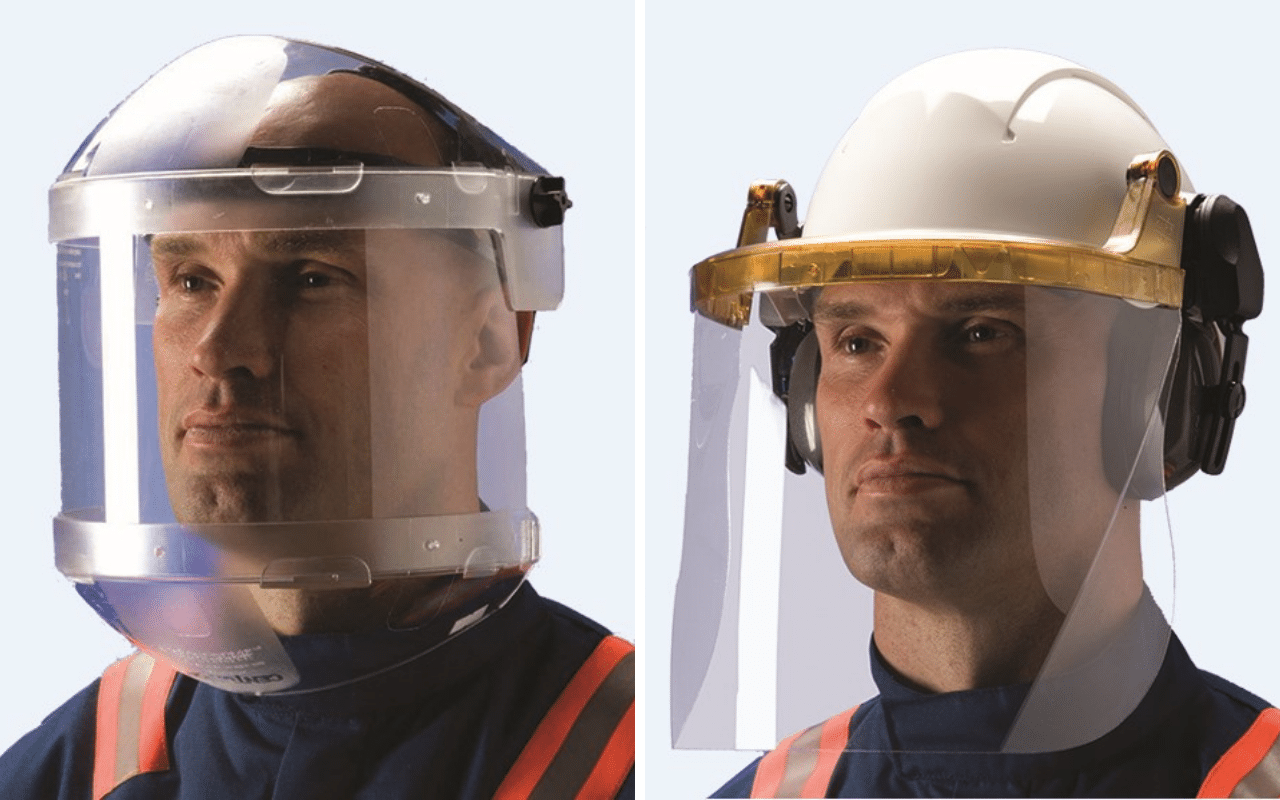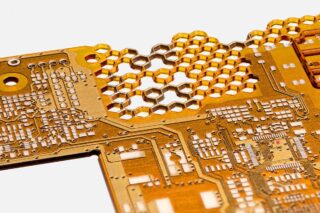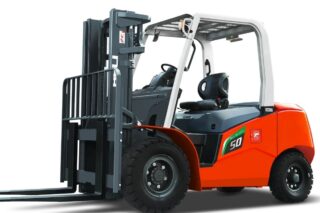While COVID-19 is still there and more and more countries are recommending people to wear masks in public places, companies and institutions continue to design and manufacture face shields. PPE manufacturer Centurion is encouraging anyone buying face screens, also being marketed as visors, cough guards, face guards and sneeze protection, to ask five questions first.
By Chris Tidy, Technical & Training Specialist at Centurion
Face screens are not mask replacements, but they can provide an added layer of protection against aerosol spread. A face screen can serve as a physical barrier to the particles you emanate when you breathe, and as a physical barrier to particles hitting you when someone coughs or sneezes. It protects not only the mouth and nose area but also the eyes, giving you a more complete physical barrier than a face mask. Face screens also prevent the wearer from touching much if not all of their face. The use of a face screen is also a reminder to maintain social distancing but allows visibility of facial expressions and lip movements for speech perception.
There are five questions to ask before choosing the right face screen:
01. What is the optical rating?
To keep frontline workers protected when the COVID-19 pandemic hit, the production of lower-quality single-use face screens was fast-tracked. These met the immediate goal of reducing the risk of transmission of COVID-19 by providing an effective barrier to the eyes, nose, and mouth but they weren’t tested to the complete EN166 standard. Consequently, many of these face screens don’t provide the optical clarity that could usually be expected from an EN166 face screen and anyone wearing one all day is at risk of visual side effects such as eye strain – this effect may increase if you wear spectacles.
>> This issue can be avoided by choosing a face screen with Class 1 EN166 certification.
02. Is it flexible?
A common complaint among disposable face screen users is they can’t be easily adjusted or flipped up to consider a change of working position. While one of the benefits of face screens is that users don’t need to take them off to communicate clearly it is still useful to have built-in flexibility.
>> Flip-up face screens and flexible headbands will ensure a personalized fit.



03. Is it comfortable?
Anyone who has to wear PPE for extended periods will tell you comfort is key. When choosing a face screen consider what features are included that improve comfort levels which will encourage workers to put the screen on and keep it on.
>> Features such as fabric sweatbands and dual strap system can ensure maximum comfort and enhance fit.
04. Does it feature impact protection?
A serious issue associated with lower-quality face screens is that users may assume they have impact protection when they don’t. If you need impact protection, such as for undertaking grinding in industrial applications, choose EN166 compliant face screens which have a grade B impact rating. Also, look for systems that are compatible with other PPE to make it easier to ensure users stay fully protected.
>> Choose EN166 compliant face screens which have a grade B impact rating.
05. What are its environmental credentials?
Single-use face screens met an immediate need for front line workers but in the longer term, they are bad news for the environment and your wallet. Reusable versions are easy to clean and last much longer making them far more economical and environmentally sound. Medical experts believe reusable materials pose no additional risk if they are routinely sanitized.
>> Here’s some advice on how to keep your reusable face screen clean.











